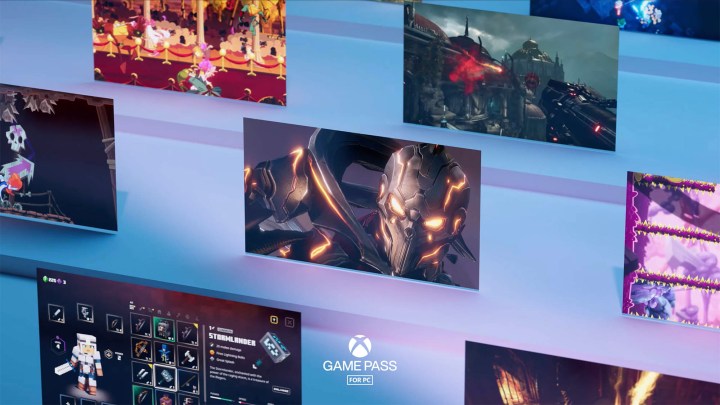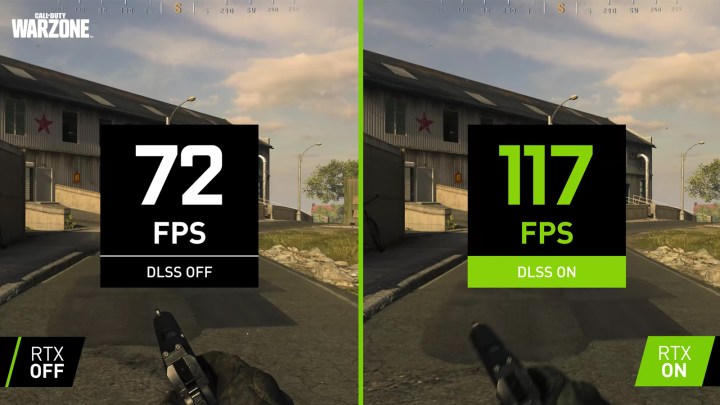Over the last month, Nvidia’s Deep Learning Super Sampling (DLSS) and AMD’s FidelityFX Super Resolution (FSR) have been in a battle for the limelight. Both tools offer upscaling in supported games to deliver features like ray tracing at high resolutions and frame rates. There might be a new competitor entering the ring, though, and it comes from Microsoft.
Two job postings (spotted by TechSpot) hint at a possible DLSS competitor from Microsoft. The first job posting is for a Senior Software Engineer in the Xbox division of the company.
“Xbox is leveraging machine learning to make traditional rendering algorithms more efficient and to provide better alternatives. The Xbox graphics team is seeking an engineer who will implement machine learning algorithms in graphics software to delight millions of gamers,” the job description reads.

The other posting for a Principal Software Engineer for Graphics is a bit more general, but it specifically mentions “state-of-the-art GPU capabilities on Xbox and Windows for AAA game developers,” as well as experience with machine learning and shader compilation.
A DLSS competitor from Microsoft would be good news for gamers. It’s possible Microsoft could deliver machine learning-assisted upscaling through DirectX. Microsoft’s DirectML library already helps optimize GPU resources for machine learning, and with both job postings referring to gaming on Xbox and Windows, Microsoft could be looking for ways to leverage that library in its gaming sector.
That would make sense given Microsoft’s renewed interest in the gaming market. The recently announced Windows 11 includes a swath of Xbox features, including the Direct Storage API for faster loading times and Auto HDR.

Microsoft’s version may not look the same as DLSS or FSR, however. Microsoft already allows developers to use FSR for game development on Xbox consoles, which it’s able to do thanks to FSR’s open-source approach. DLSS, on the other hand, requires proprietary hardware from Nvidia and is, according to at least one developer, more difficult to work with than FSR.
This upscaling feature would likely come through the DirectX interface, which would give developers more options for upscaling. That should mean the feature won’t require any specific hardware, which is a big deal for aging GPUs and APUs that don’t have the power to stand up to modern AAA games.
As with DLSS and FSR, though, the longevity of Microsoft’s implementation will come down to image quality and performance. In our FidelityFX Super Resolution review, we found that it delivers a solid performance increase at 4K, though it struggles with image quality at the more aggressive upscaling modes. DLSS produces a better result overall, but it requires an Nvidia graphics card.
Where Microsoft’s version, if it exists, falls on that spectrum remains to be seen. If it is coming, Xbox and Windows gamers have a lot to look forward to.



